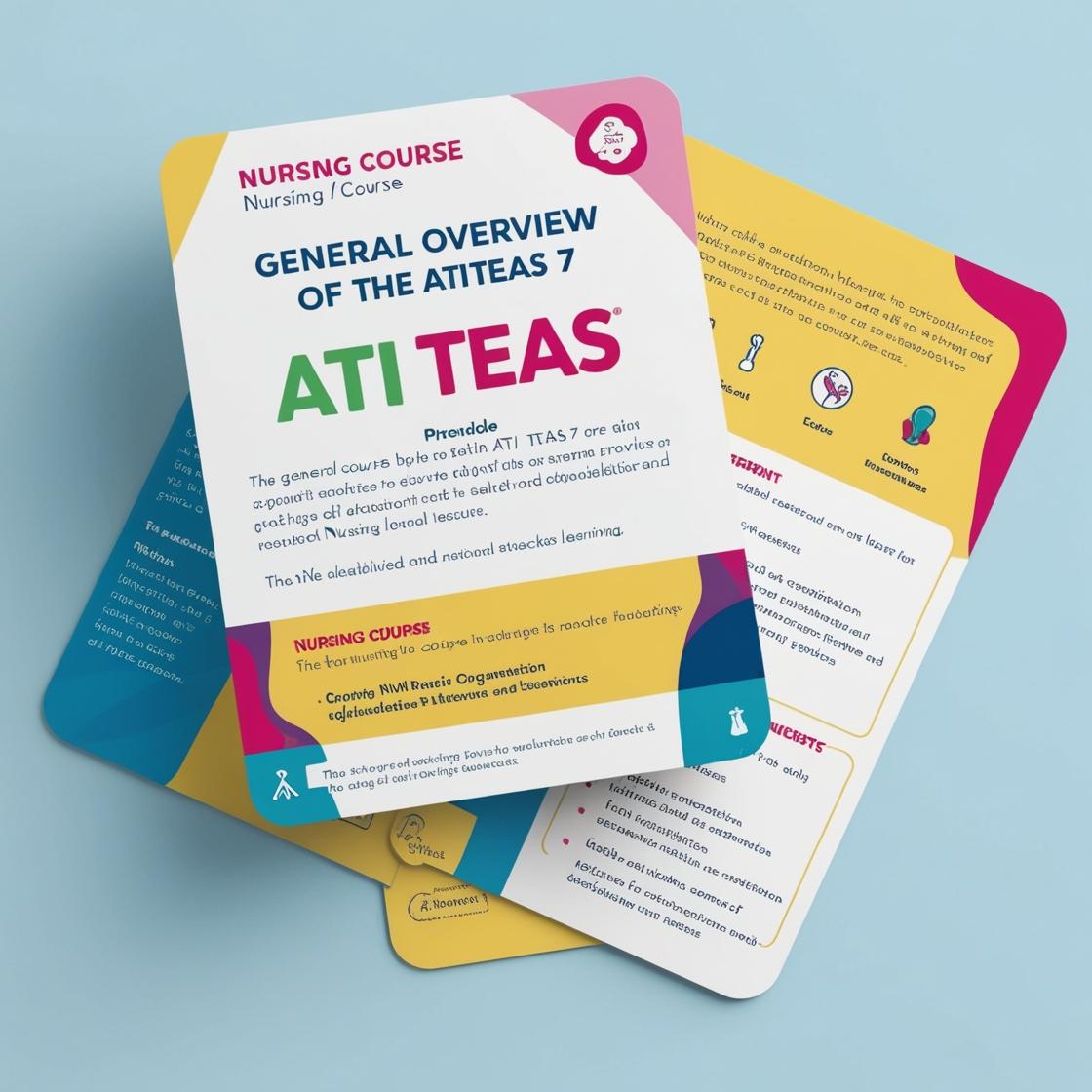ATI TEAS 7
ATI TEAS 7 science review
1. Which hormone, produced by the adrenal glands, plays a crucial role in the body's response to stress, including the regulation of salt and water balance?
- A. Aldosterone
- B. Epinephrine
- C. Cortisol
- D. Insulin
Correct answer: A
Rationale: Aldosterone is the correct answer. It is a hormone produced by the adrenal glands that plays a crucial role in the body's response to stress by regulating salt and water balance. Aldosterone acts on the kidneys to increase the reabsorption of sodium and water, helping to maintain blood pressure and electrolyte balance during stressful situations. Epinephrine, also known as adrenaline, and cortisol are other hormones produced by the adrenal glands, but they have different functions in the stress response. Epinephrine primarily acts to increase heart rate and blood flow in response to stress, while cortisol helps regulate metabolism, immune response, and inflammation. Insulin, on the other hand, is produced by the pancreas and is involved in regulating blood sugar levels, not salt and water balance.
2. Which type of cartilage allows for smooth movement at joints and absorbs shock?
- A. Hyaline cartilage
- B. Fibrocartilage
- C. Elastic cartilage
- D. None of the above
Correct answer: B
Rationale: Fibrocartilage is the correct answer. It is found in areas requiring both support and resilience, such as the intervertebral discs and knee joints. Fibrocartilage contains collagen fibers for strength and proteoglycans for resilience, making it suitable for functions that involve smooth movement at joints and shock absorption. Hyaline cartilage, while providing structural support, is not primarily responsible for smooth movement and shock absorption. Elastic cartilage is more flexible and is found in locations like the ear and epiglottis, but it is not known for its shock-absorbing properties. Choosing 'None of the above' disregards the correct option of fibrocartilage, which is specifically designed for the functions described in the question.
3. Balance the chemical equation: C4H10 + O2 → CO2 + H2O. What is the coefficient for oxygen?
- A. 5
- B. 6
- C. 7
- D. 8
Correct answer: B
Rationale: To balance the chemical equation, we need to ensure that the number of each type of atom is the same on both sides of the equation. In this case, there are 10 oxygen atoms on the right side (5 in CO2 and 5 in H2O). To balance this, we need to add a coefficient of 6 in front of O2 on the left side, resulting in 6 O2 molecules. This change will give us a total of 12 oxygen atoms on both sides, making the equation balanced. Choice A (5) is incorrect because it does not account for all the oxygen atoms present in the products. Choices C (7) and D (8) are incorrect as they would result in an imbalance in the number of oxygen atoms on both sides of the equation.
4. What happens to the frequency of a wave if its wavelength decreases while the speed remains constant?
- A. Frequency decreases
- B. Frequency increases
- C. Frequency remains constant
- D. Frequency becomes zero
Correct answer: B
Rationale: The correct answer is B: Frequency increases. Frequency and wavelength are inversely proportional in a wave with a constant speed. When the wavelength decreases while the speed remains constant, the frequency must increase to maintain the constant speed of the wave. This relationship is governed by the equation: speed = frequency x wavelength. Choice A is incorrect as frequency increases when wavelength decreases. Choice C is incorrect as the frequency changes in this scenario. Choice D is incorrect as the frequency does not become zero but increases when the wavelength decreases.
5. Classifications of human tissues exclude:
- A. Epithelial tissue
- B. Nervous tissue
- C. Adipose tissue (a specialized form of connective tissue)
- D. Bony tissue
Correct answer: D
Rationale: The correct answer is D: Bony tissue. Classifications of human tissues typically include epithelial tissue, nervous tissue, and connective tissue types such as adipose tissue. Bony tissue, also known as bone tissue, is a specialized form of connective tissue that provides structural support and protection for the body. Therefore, it is not excluded from classifications of human tissues. Choices A, B, and C are valid types of human tissues and are correctly included in classifications of human tissues.
Similar Questions

Access More Features
ATI TEAS Premium Plus
$149.99/ 90 days
- Actual ATI TEAS 7 Questions
- 3,000 questions with answers
- 90 days access
ATI TEAS Basic
$99/ 30 days
- 3,000 Questions with answers
- 30 days access
